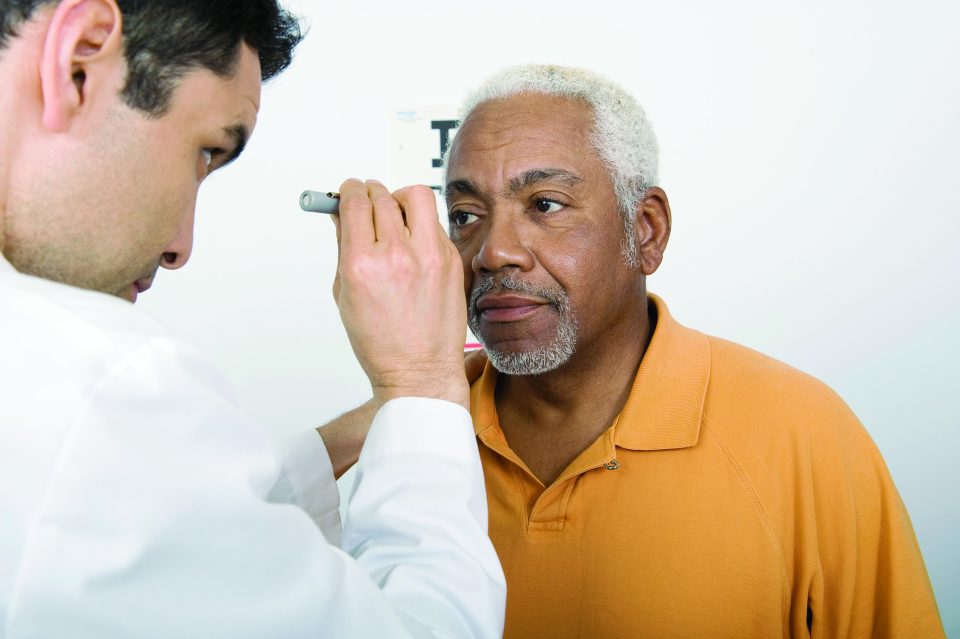By Family Features | Contributor
More than 4.2 million Americans live with glaucoma, a leading cause of vision loss in the nation. Although there is no cure for glaucoma, early detection and treatment can stop this condition in its tracks.
“Glaucoma is a leading cause of vision loss and blindness in the United States, but it’s estimated that half of people with glaucoma don’t know they have it,” said Michael F. Chiang, M.D. “Glaucoma has no early symptoms, and the only way to check if you have it is to get a comprehensive dilated eye exam. There’s no cure for glaucoma, but starting treatment as early as possible can help stop vision loss.”
Regular eye exams are among the best lines of defense because symptoms may not appear until the disease has progressed significantly. Knowing more about how to spot the condition and what you can do about it may help protect your vision in the long run.
Glaucoma is actually a group of eye diseases that damage the optic nerve in the back of the eye and cause vision loss and blindness. The most common type in the United States is open-angle glaucoma. Other, less common, types include angle-closure glaucoma and congenital glaucoma.
Learn more about glaucoma from the experts at the National Eye Institute.
Causes
For some people, glaucoma is the result of another medical condition, but that’s not always the case. While experts still aren’t sure exactly what causes open-angle glaucoma, it’s believed to be related to the pressure that builds in the eye when fluid doesn’t drain fast enough. Over time, the pressure causes nerve damage, which then leads to vision loss.
Risk Factors
Glaucoma is not preventable and can affect anyone. However, some groups of people are at higher risk, including those over age 60 – particularly Hispanic or Latino individuals. African American individuals over age 40 are also at greater risk, as are people with a family history of glaucoma.
Symptoms
Early on, most people do not experience any symptoms of glaucoma. Over time, you may start to notice disruptions to your vision, such as blind spots or decreased peripheral vision (what you see from the sides of your eyes) in one or both eyes. This loss may be especially prevalent closest to your nose. Symptoms typically progress so slowly that people get used to it and don’t realize their vision is changing, which is why so many people with glaucoma don’t know they have it.
Intense eye pain, nausea, red eyes and blurry vision are all potential signs of angle-closure glaucoma, and immediate emergency treatment is necessary.
Diagnosis
The only way to properly diagnose glaucoma is through a dilated eye exam, including visual field testing to check your side vision. This routine test is painless and involves looking straight ahead while your doctor checks how well you can see objects off to the side or at the top or bottom of your field of vision.
Treatment
Without treatment, glaucoma can eventually lead to blindness. Treatment won’t undo any vision damage, but it can stop it from getting worse. Treatment may involve prescription eye drops to reduce eye pressure. Other treatment options include a laser procedure or surgery to help fluid drain. Vision rehabilitation services and devices may help if vision loss affects your everyday activities.
Find more information about glaucoma and eye health at nei.nih.gov/glaucoma.
Photo courtesy of Shutterstock


